This is a part of the tunnel system of Zone A of Thang Long - Hanoi Citadel, which plays an important role in helping the General Headquarters of the Vietnam People's Army maintain command, control and direction over the military branches and fronts, built during the years of resistance against the US.
Special relics associated with historical milestones of the country
The Cipher Tunnel, General Staff Headquarters, is located in the World Cultural Heritage Site of Thang Long Imperial Citadel - Hanoi, with an area of 37.2 m2 , started on February 10, 1966, completed on June 30, 1966, built by Company 3, Battalion 1, Regiment 219, Engineering Command. Since 1968, the tunnel has been used by the Cipher Department, General Staff Headquarters.
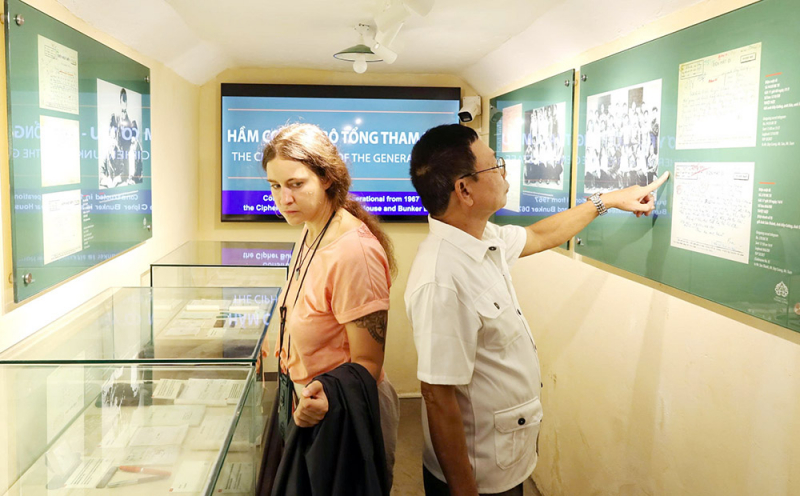
According to the documents of the Thang Long - Hanoi Heritage Conservation Center, the tunnel has 2 doors, one to the West and one to the South. The tunnel is about 4-5 m deep, with 3 rooms (2 working rooms, 1 room for storing furniture and equipment). The tunnel is cast from monolithic reinforced concrete, the roof of the tunnel protrudes above the ground, divided into 3 layers, with half a meter of sand in the middle.
The bunker door is made of double-layer steel plate, resistant to atomic pressure, radiation and toxic gas. The bunker has a steam air conditioning system and ventilation, toxic filter, anti-magnetic interference system... The bunker has a lighting system, underground power lines. It can accommodate 10-15 people working at the same time. This bunker is a bomb shelter and temporary working place for officers, soldiers and employees of the Code Translation Department, the Cipher Department during the resistance war against America.
During the period when the US Air Force attacked the North, directly bombing Hanoi (1966-1968), especially at the end of 1972, the activities of the Code Department and the Cipher Department were mostly carried out in the basement. Documents, dispatches, reports, and telegrams sent throughout the battlefield and military branches were continuously rotated, directly contributing to maintaining the leadership and command of the General Headquarters, helping the Politburo and the Central Military Commission to operate and direct effectively.
In particular, from the end of August 1968, a number of key organizations, including the Cipher Department at the General Headquarters, were assigned the responsibility of deciphering top secret telegrams from the Party Central Committee Secretariat and the Central Military Commission informing about the health of President Ho Chi Minh. The content of the above telegrams was the most important secret of the Party, State, and Army at that time, and only a few senior leaders knew...
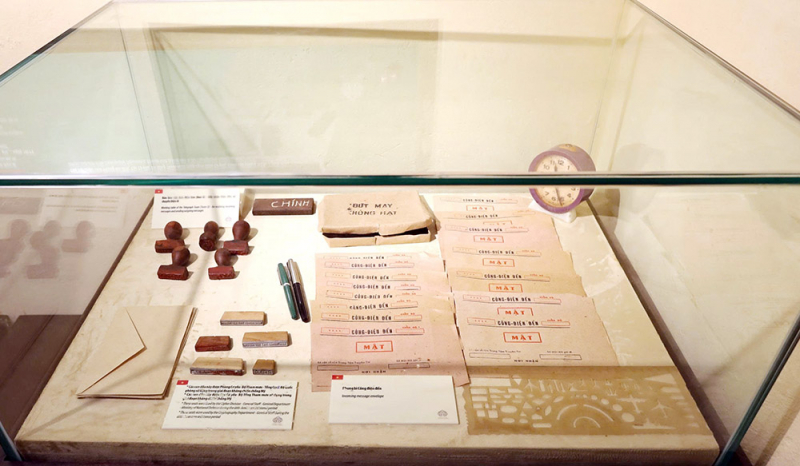
During the 12 days and nights of late 1972, American aircraft fiercely bombed Hanoi and Hai Phong, and the number of telegrams increased dramatically. The officers and secret agents worked continuously to serve the battles, under very strict time conditions. There were telegrams that had to be calculated by the minute, such as telegrams reporting the activities of B52 aircraft, artillery ships firing on the mainland, reporting the time and targets of the enemy's attacks, orders to mobilize combat forces, adjust the formation of artillery vehicles moving, locations of military positions, and commands to conduct diversions to create a surprise to destroy enemy aircraft...
According to an officer of the Thang Long - Hanoi Heritage Conservation Center, Senior Sergeant Nguyen Van Khoi, a former code-translator who served directly at the Headquarters, in 1972, the amount of electricity coming in and out increased dramatically. The rate of urgent and urgent electricity accounted for the majority. Working 24/7 was a strict regulation of the agency. Previously, night shifts were allowed to sleep with mosquito nets on their desks for about an hour, but in 1972, there was almost no time to rest.
The overtime and overtime regime is stricter. After the day shift has dinner, they go to work overtime in the evening from 7pm to 11pm or 12pm. The night shift is from 5pm to 7am; they sleep and rest in the morning; they work overtime in the afternoon and evening; one person has to work at least 12 to 16 hours a day. Although it is very hard, all the officers and soldiers of the secret service are highly determined, overcoming all difficulties to complete the task.
An unforgettable milestone was 1975. During the 55 days and nights of the Spring 1975 general offensive and uprising, the General Headquarters Cipher Department alone translated, transmitted, and received nearly 41,000 telegrams promptly, accurately, secretly, and safely, including over 600 urgent telegrams, 139 special telegrams, and over 2,000 extremely urgent telegrams, which were translated immediately.
Artifacts that "know" how to tell stories
Currently, at the Secret Cellar relic, there are many special artifacts on display, including a grainless fountain pen that was once used by secret service officers and soldiers. This type of fountain pen does not use a separate ink cartridge to contain ink, but instead, ink is pumped directly into the ink tank inside the pen body. The pen has a large ink capacity, allowing users to write longer without having to change the ink frequently. In addition, many different types of ink can be used. When pumping ink, fold the ink tank in half, then insert the nib into the ink bottle. When released, the ink will automatically be sucked into the ink tank.
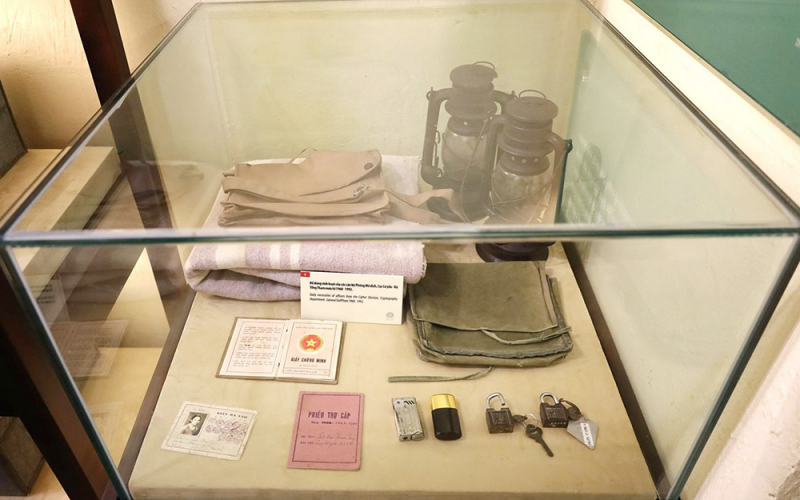
According to the Thang Long - Hanoi Heritage Conservation Center, cryptographic officers who do coding or translation work often use two types of pens: fountain pens and pencils. Fountain pens are used to write on outgoing and incoming telegrams accurately. If in doubt or uncertain, they can write with a pencil to review. During the work process, to speed things up, they often work in pairs. One reads, one writes. The one who reads quickly, the one who writes too quickly, or the one who writes out of ink will change to another pen, so sometimes there are many types of ink on a telegram. Or, for a thick and long document, the boss divides it into many telegrams, many people code, so there are many strokes and ink colors. But, mainly, it is still Cuu Long ink, blue-black.
The desk clock was once used by officers and employees of the secret service to check the time to do professional work and record the time in the book of receiving and transferring documents. Normally, the clock was used by the team leader, the section leader and the Telegraph Department. After each message was encoded or translated, it was sent to the Telegraph Department. The telegraph officer viewed, checked, recorded the name of the coder, the date and time of the code... and then gave it to the contact to send.
The hurricane lamp displayed in the relic is associated with many special stories of the secret service officers. During the years when the US bombed the North, the secret service officers worked day and night. The shift was from 5pm to 7am the next morning. In particular, during the 12 days and nights at the end of 1972, the majority of them were evacuated, the code officers of the Northern battlefield stayed behind to work day and night in the basement. If they were tired, they would rest for a while and then return to work. When the electricity went out, the secret service officers were not given generators but used oil lamps (hurricane lamps), so the next morning, when they came out of the basement, everyone's face was covered in smoke.

In the exhibition block, there are also many other special artifacts such as tools used to encode and decode incoming and outgoing telegrams during the resistance war against America. Incoming and outgoing secret telegrams. Seals used by officers of the Telegraph Department and the Administration Department...
Regarding the restoration and promotion of the value of the Secret Cellar relic, the General Staff, Associate Professor, Dr. Tran Duc Cuong, Chairman of the Vietnam Historical Science Association, said that the Secret Cellar is an important element of the Thang Long Imperial Citadel heritage site. Although this relic is independent, it cannot be separated from the connection with the revolutionary relics of the Ho Chi Minh era in the heritage site. The Secret Cellar relic is restored on the principle of respecting the original elements, not interfering with the original relic, and maximizing the value of the relic.
The organizers have approached new interpretation methods and applied technology in the exhibition to create an impression to attract visitors, especially young people. The interior is vividly displayed, the layout of the basement is exactly as it was; at the same time, providing a lot of information through the exhibition with documentary films, the panel system inside and outside the basement; using storytelling sounds to make visitors feel like they are participating in working in the basement at that historical moment.
Mr. Nguyen Thanh Quang, Director of the Thang Long - Hanoi Heritage Conservation Center, also affirmed that the Cryptographic Tunnel is a revolutionary relic, along with the Central Military Commission House and Tunnel (D67) and the Combat Command Tunnel (T1) that have been put into operation, forming a tunnel system in the central area of Thang Long Imperial Citadel - Hanoi.
Exploiting and promoting the historical value of this basement to serve the promotion of the value of the revolutionary resistance relics in the central area of Thang Long Imperial Citadel is necessary to preserve and promote the national cultural heritage, serve the work of scientific research and education, introduce domestic and foreign visitors to better understand the revolutionary - resistance relics. At the same time, it also aims to promote the heritage value of the central area of Thang Long Imperial Citadel - Hanoi in accordance with the orientation of UNESCO and of our Party and State on heritage conservation.
Source: https://cand.com.vn/Phong-su-tu-lieu/co-mot-can-ham-co-yeu-trong-khang-chien-chong-my-i779025/




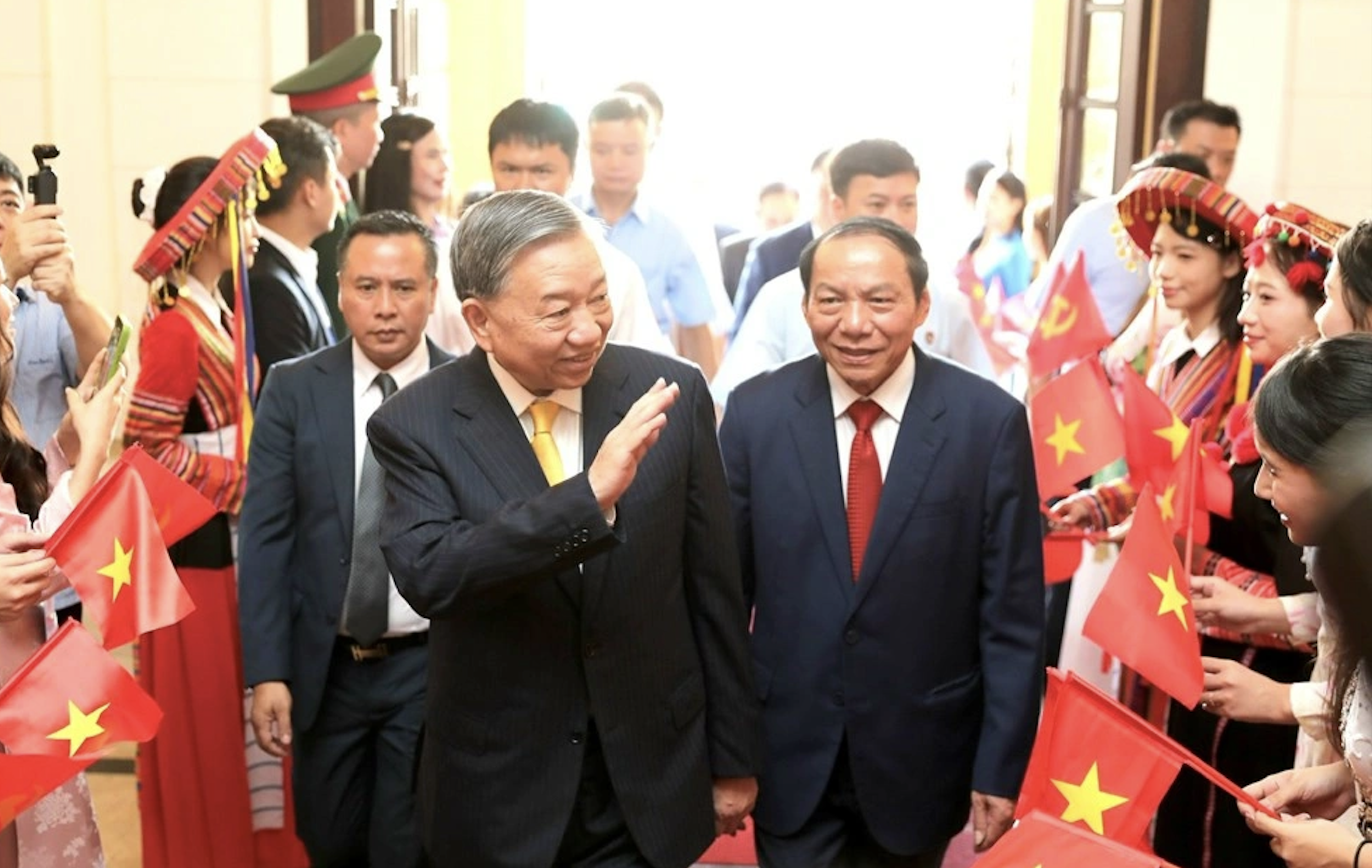


![[Photo] General Secretary To Lam attends the 80th Anniversary of the Cultural Sector's Traditional Day](https://vstatic.vietnam.vn/vietnam/resource/IMAGE/2025/8/23/7a88e6b58502490aa153adf8f0eec2b2)
![[Photo] Prime Minister Pham Minh Chinh chairs the meeting of the Government Party Committee Standing Committee](https://vstatic.vietnam.vn/vietnam/resource/IMAGE/2025/8/23/8e94aa3d26424d1ab1528c3e4bbacc45)



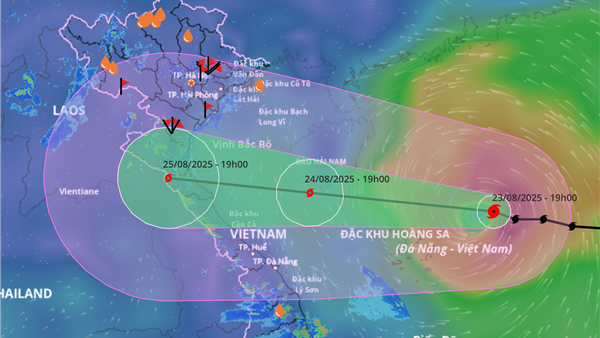
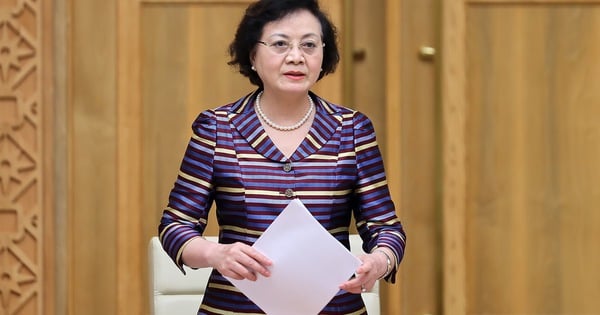
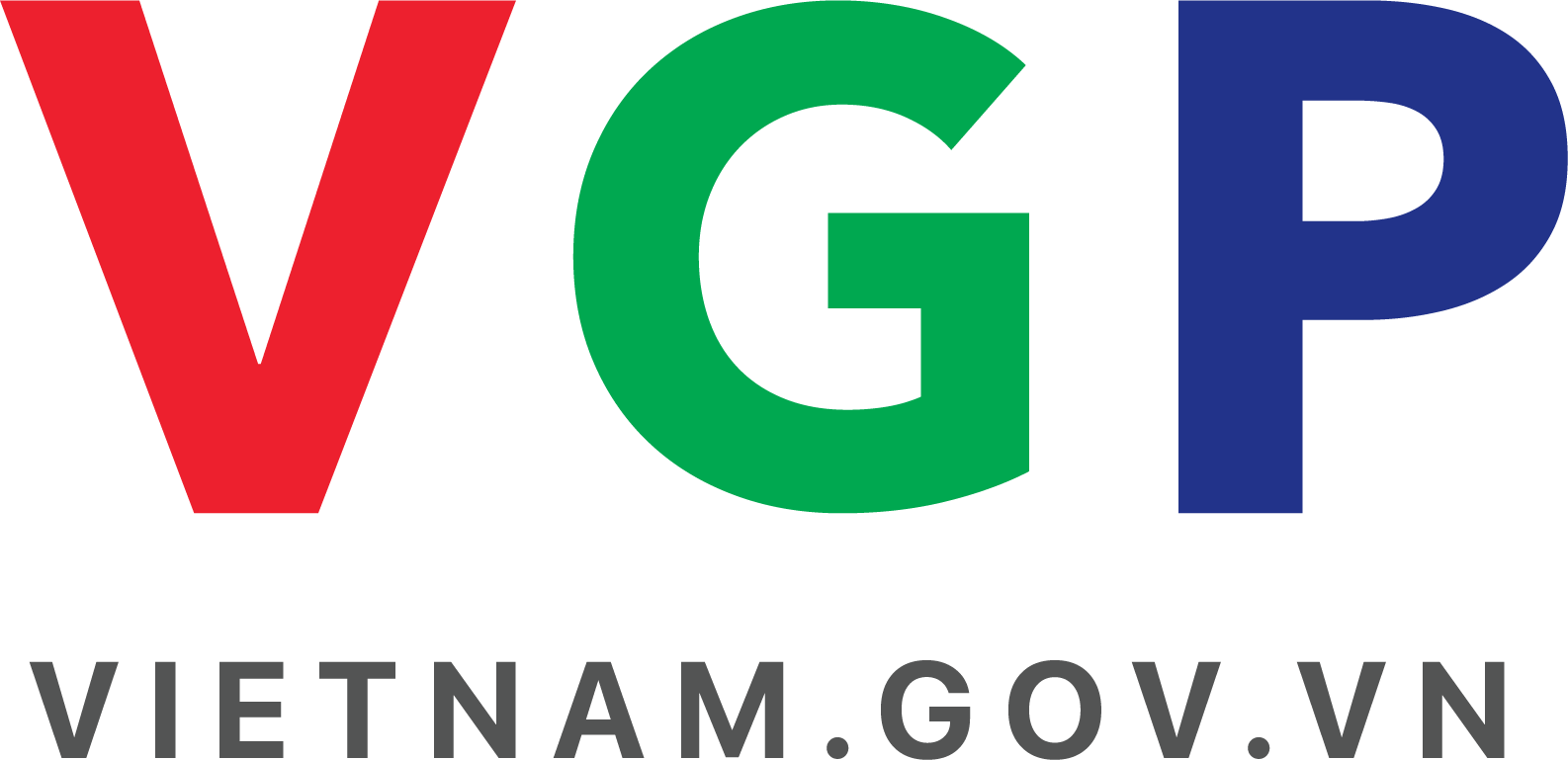
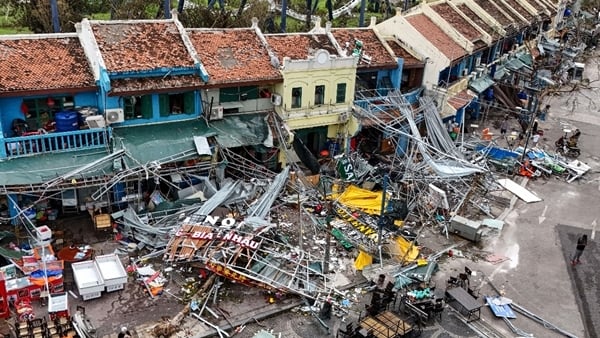
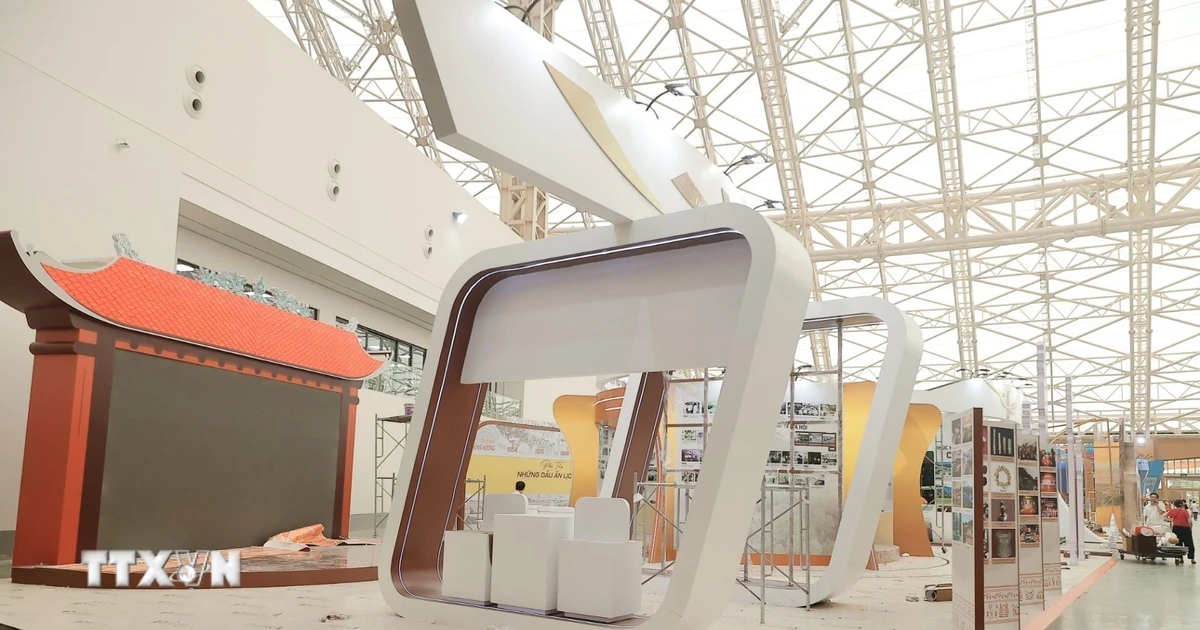

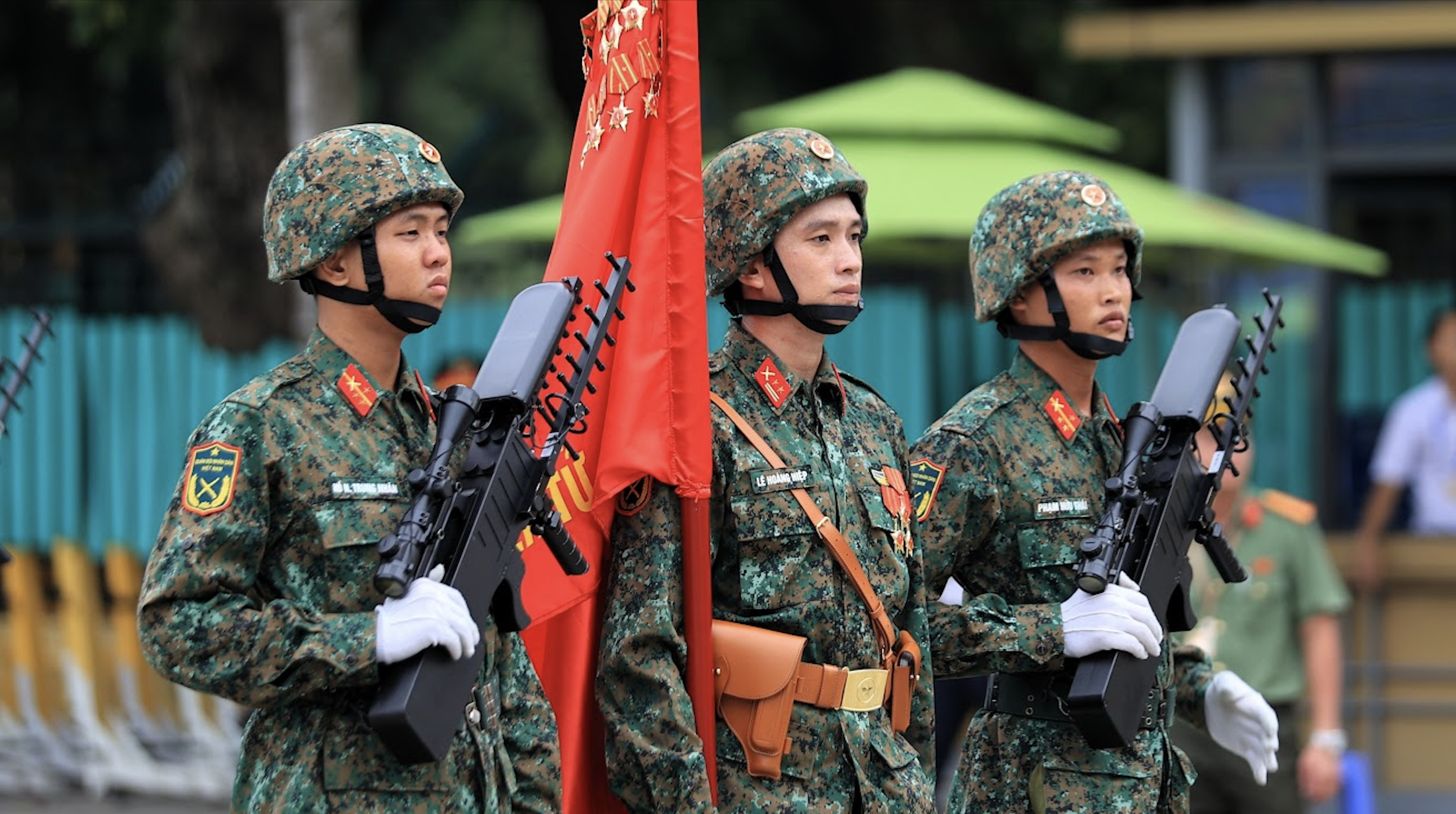



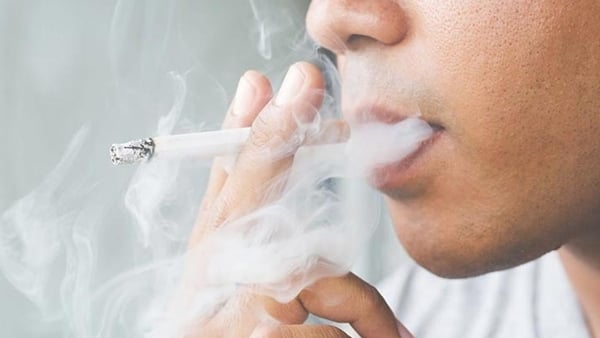

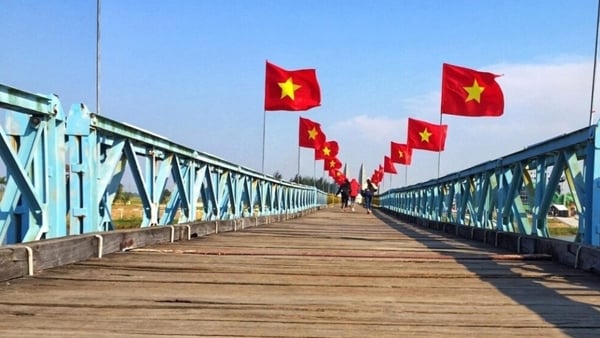
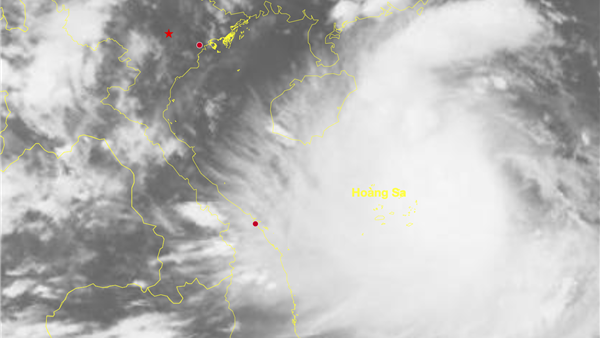

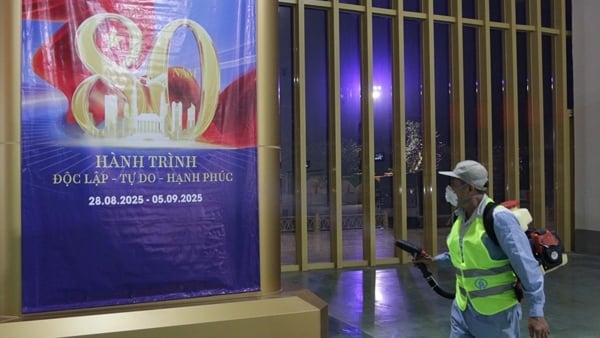


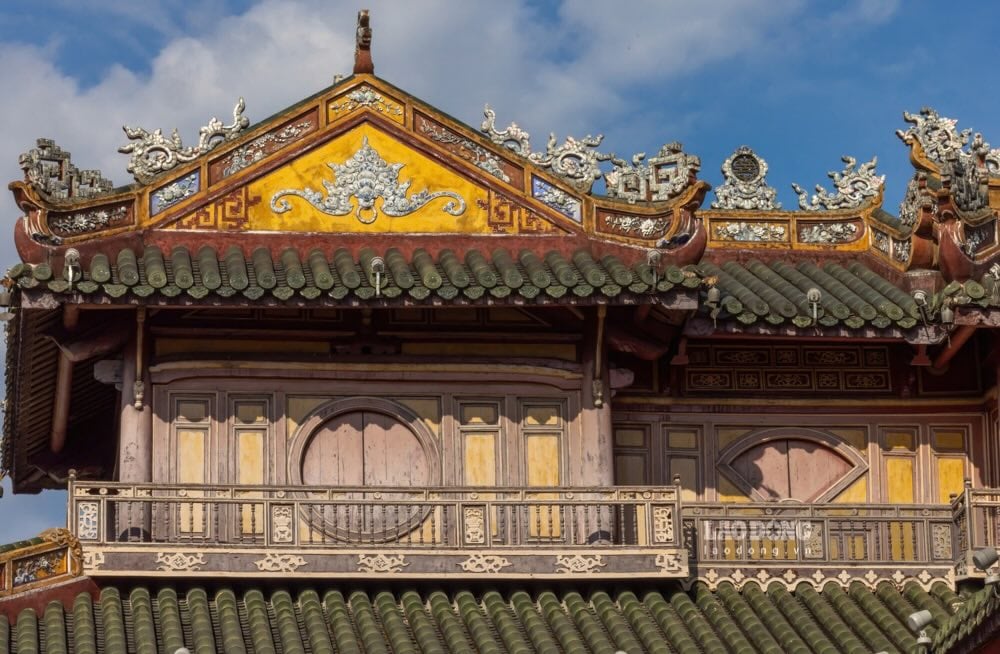
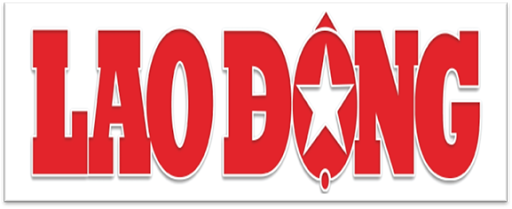
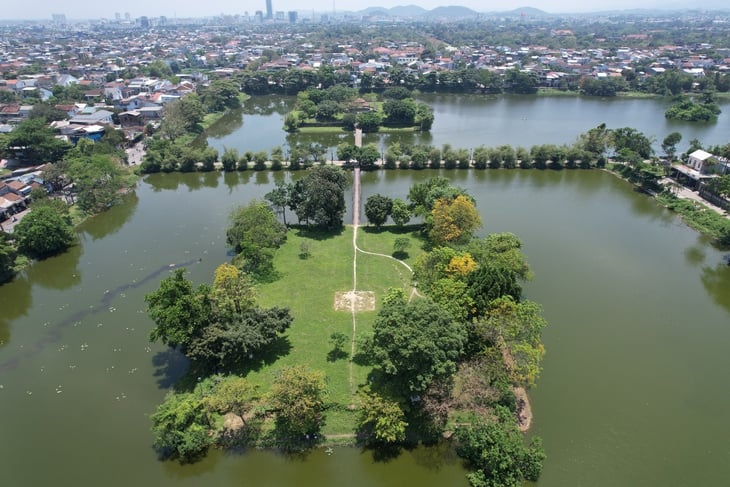

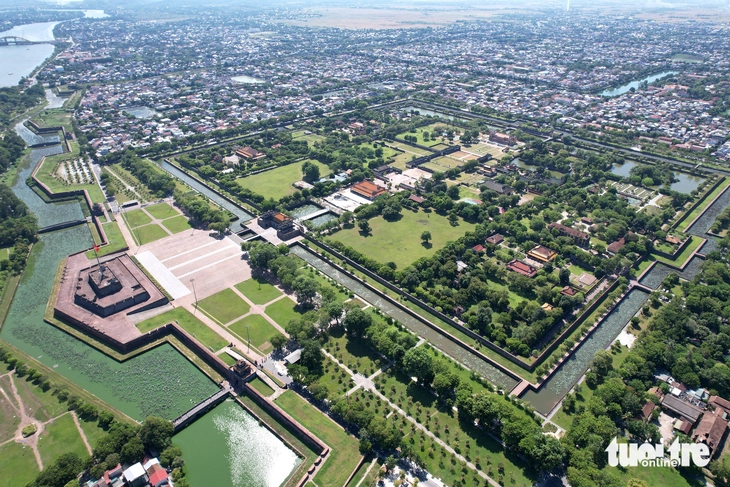
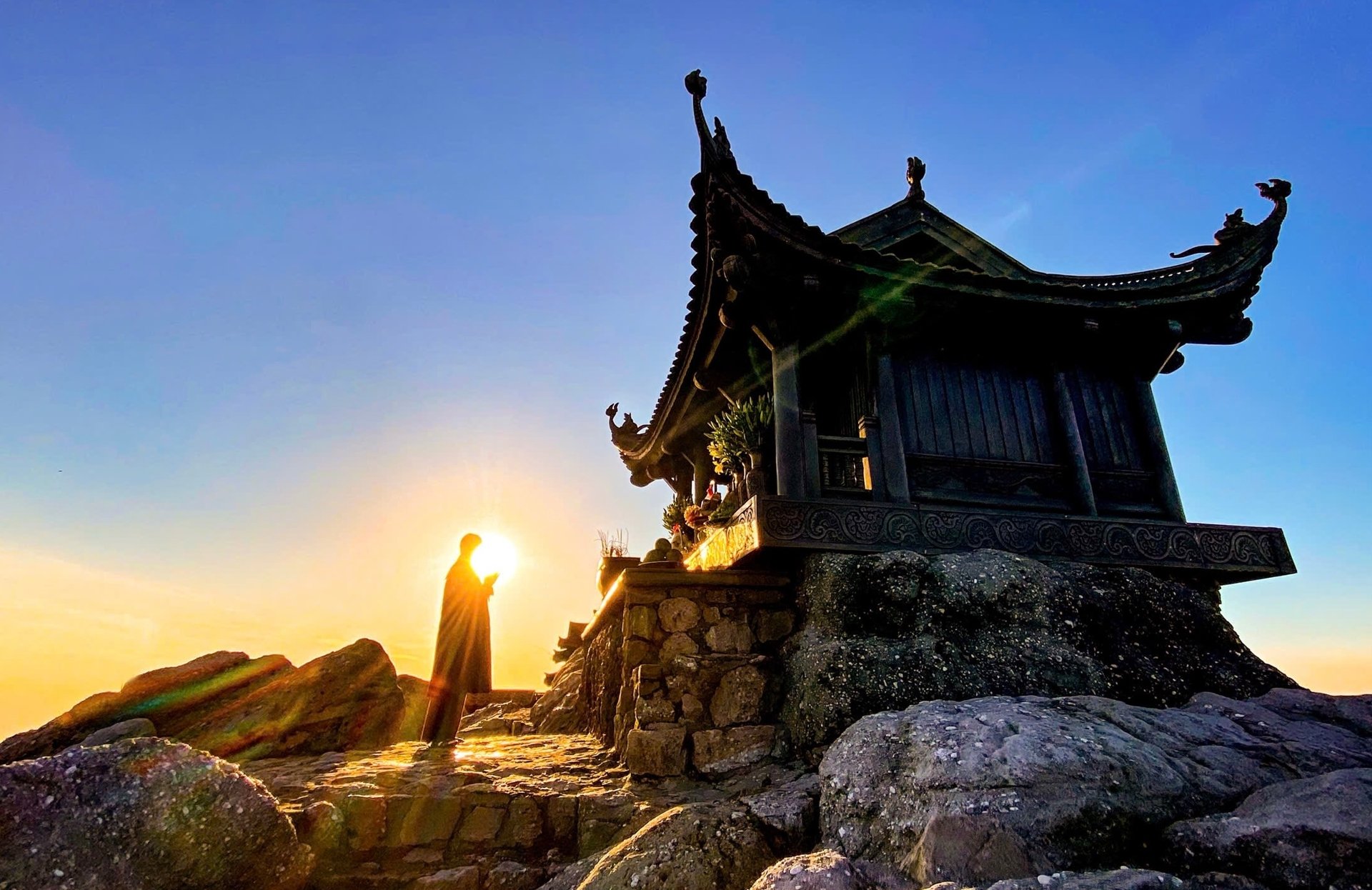

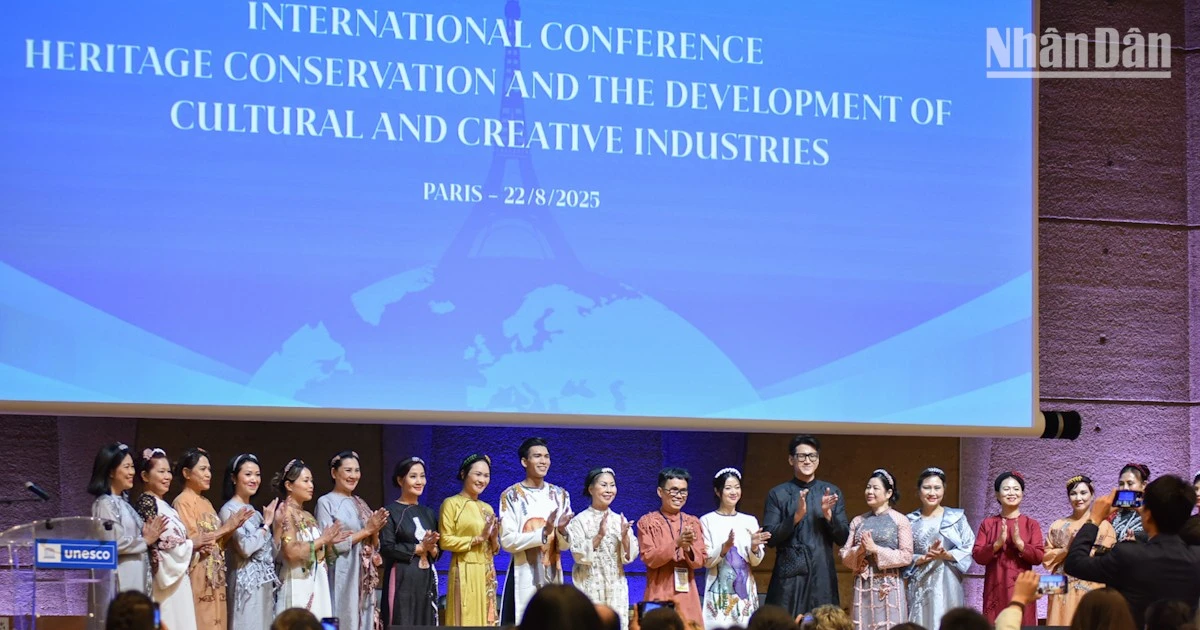
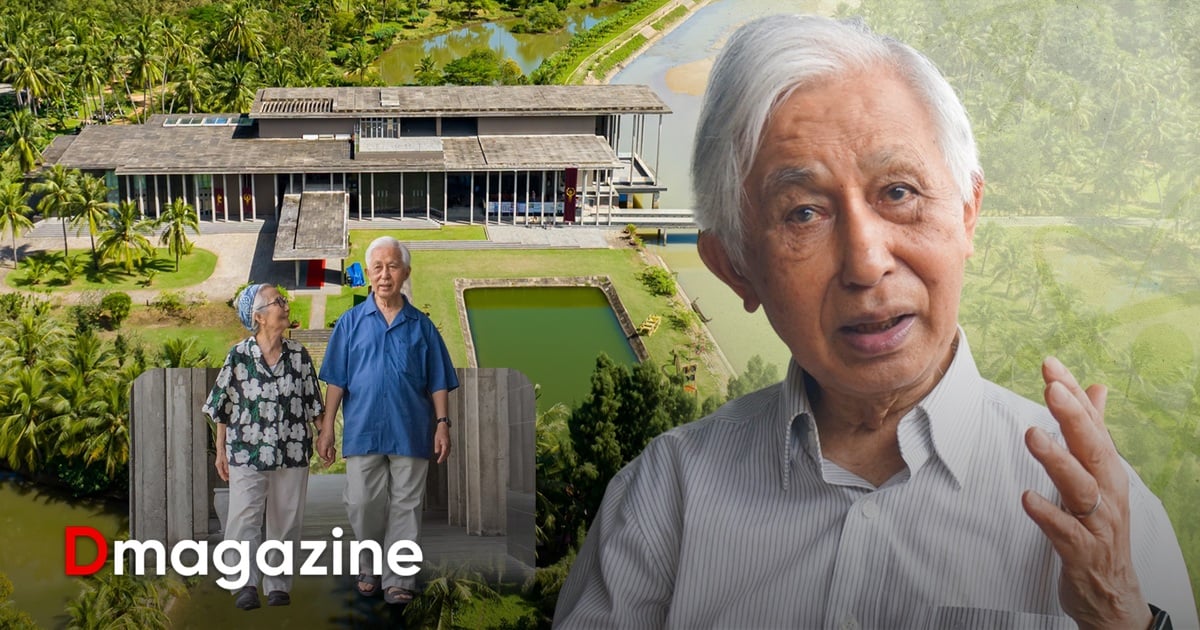



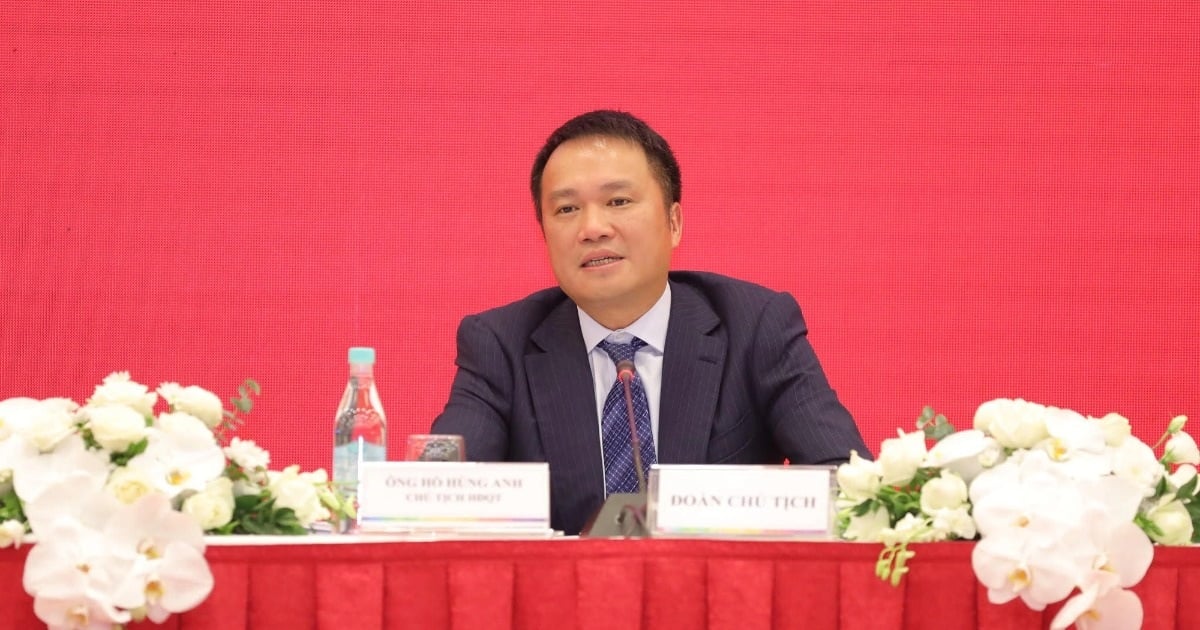
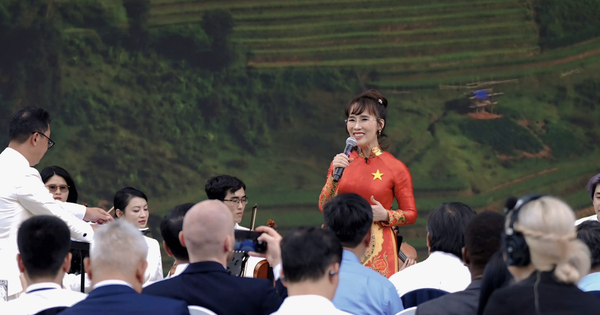

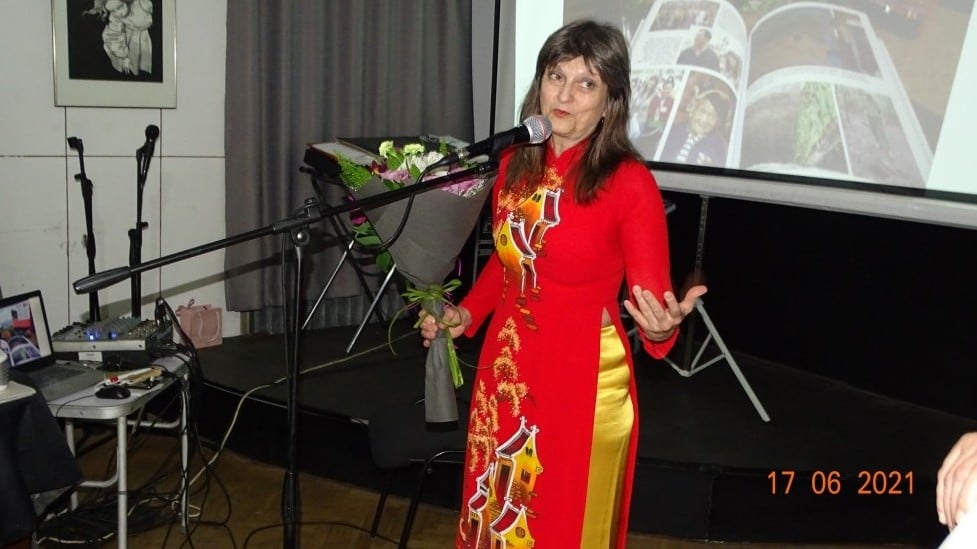









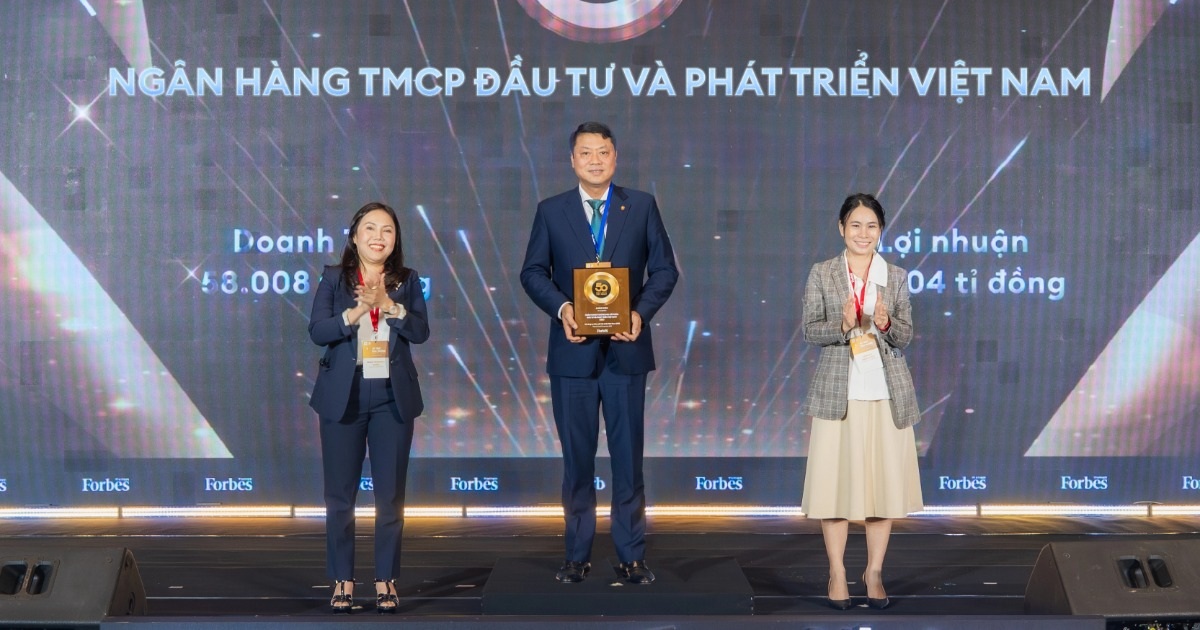





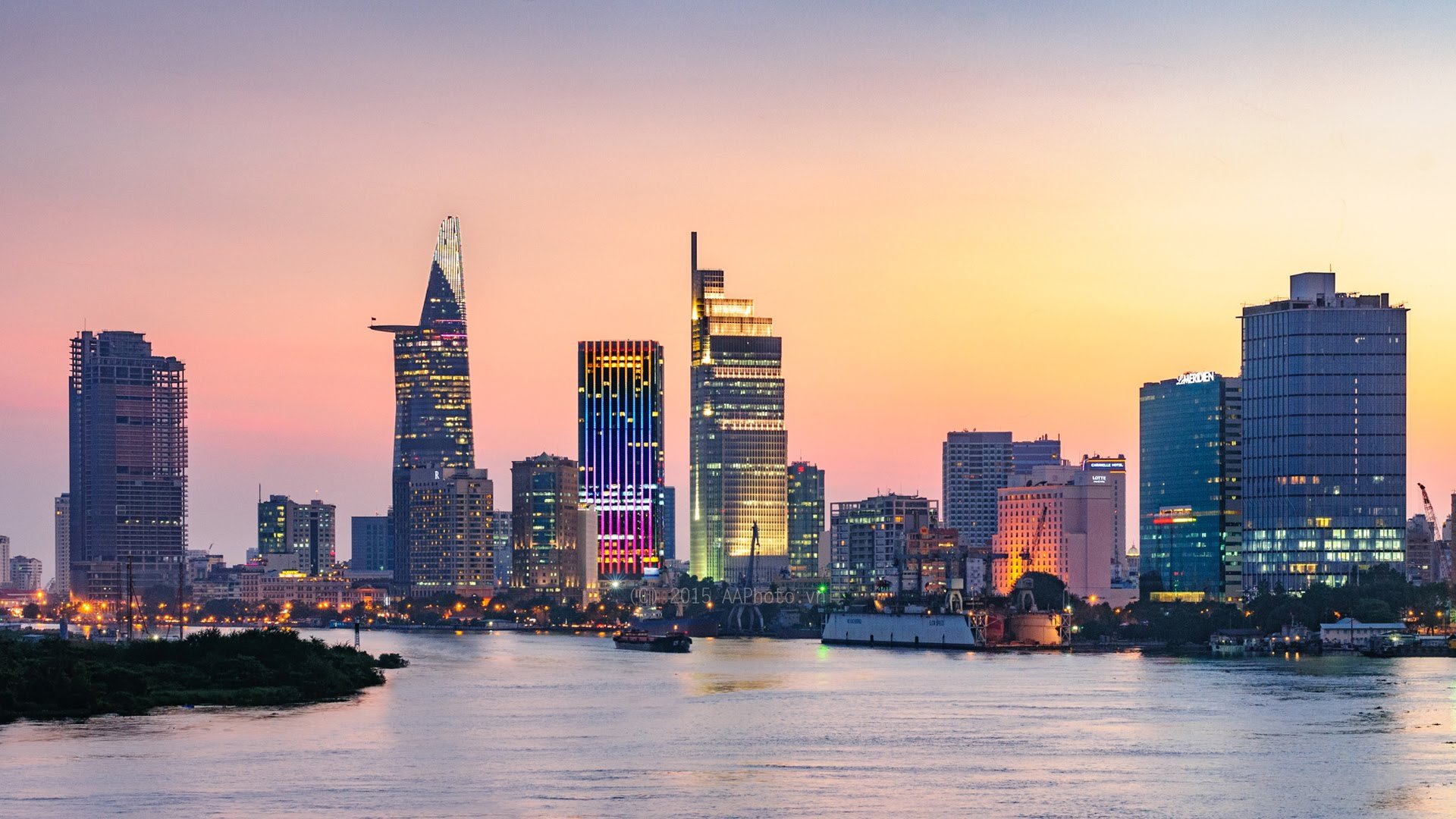
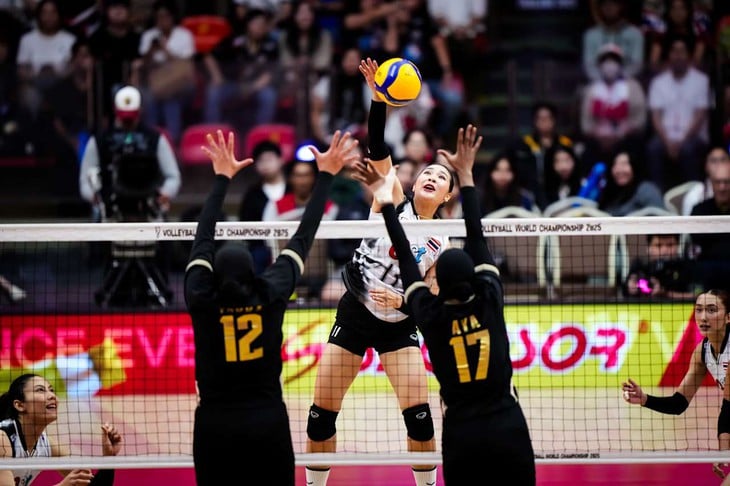



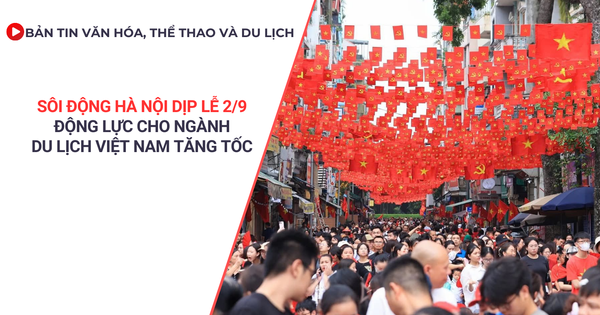

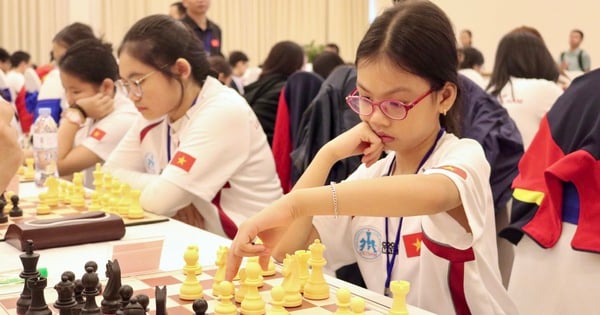
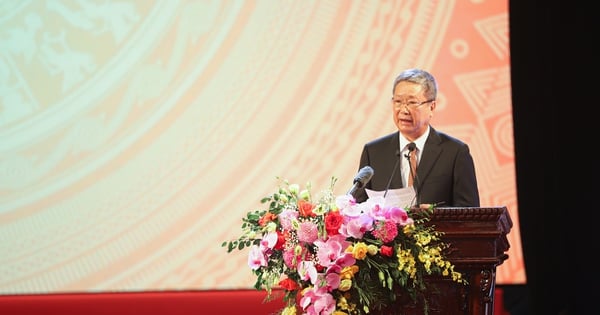



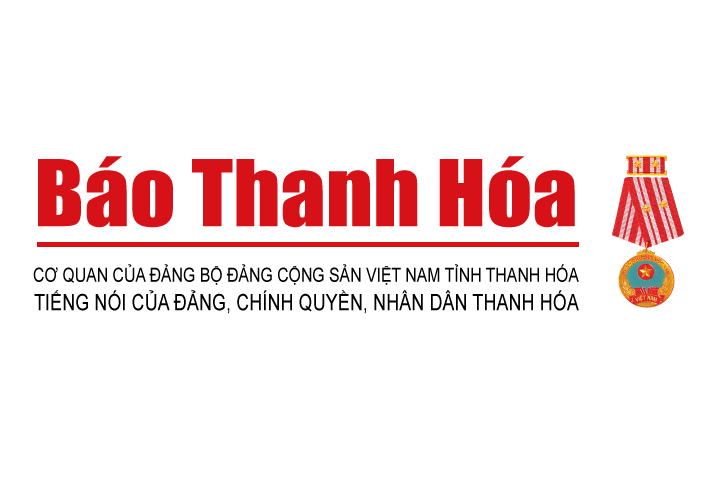
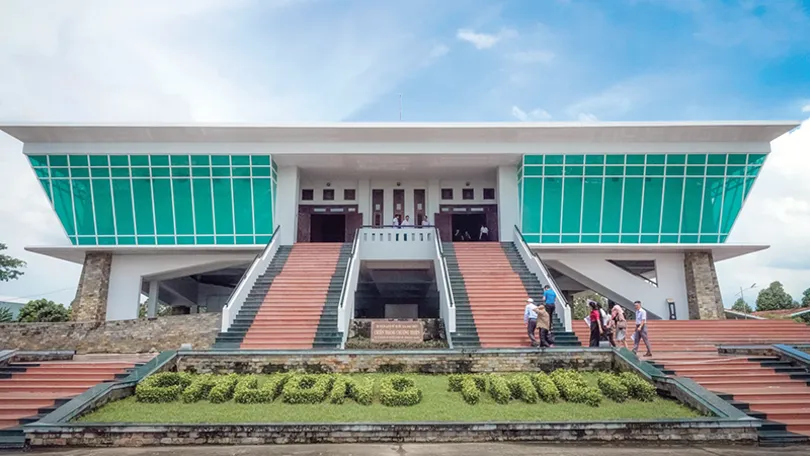

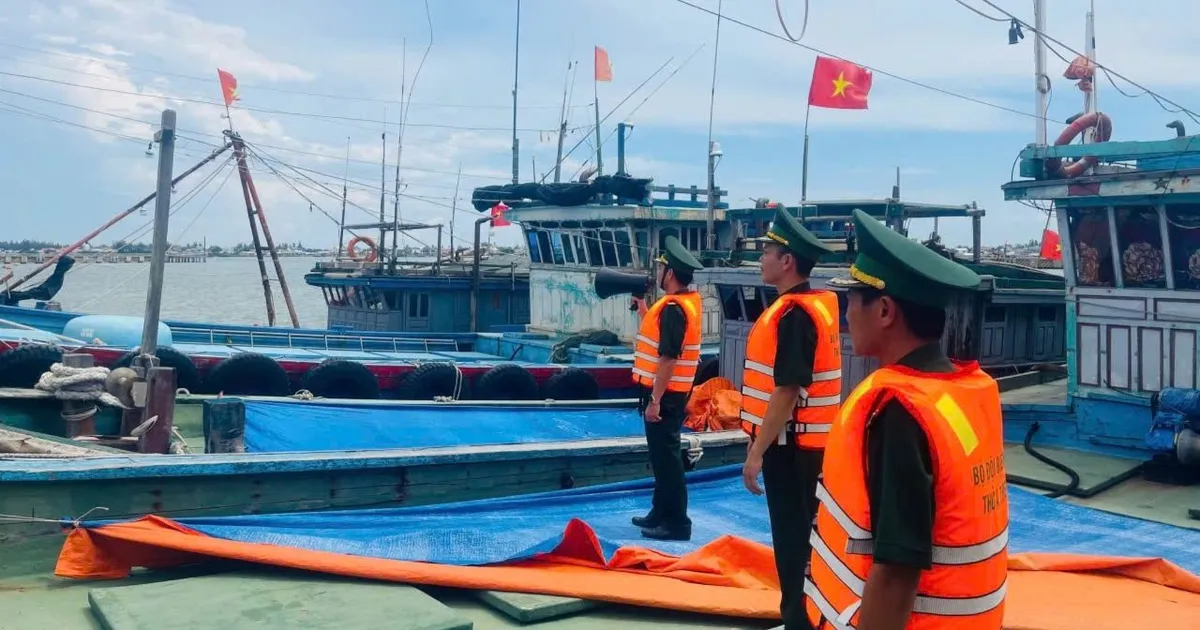


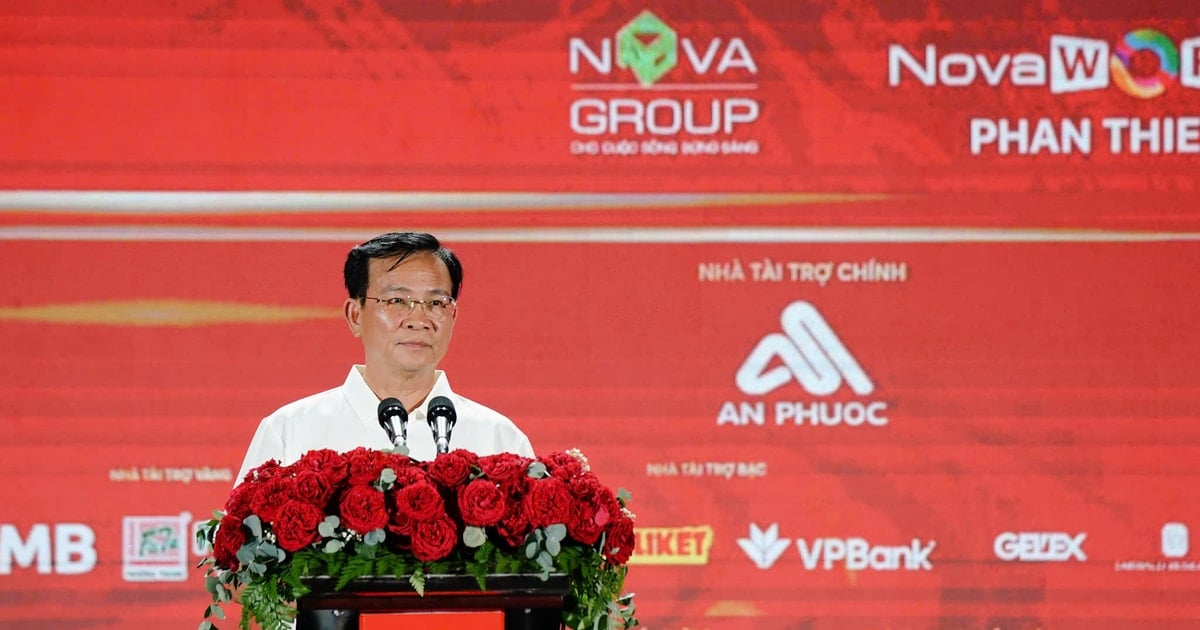

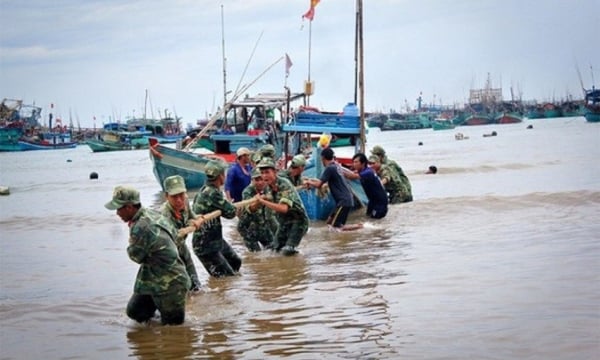

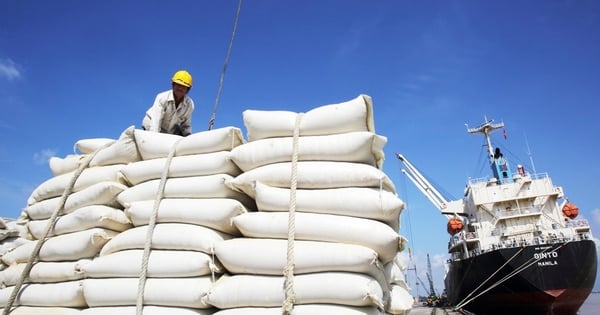
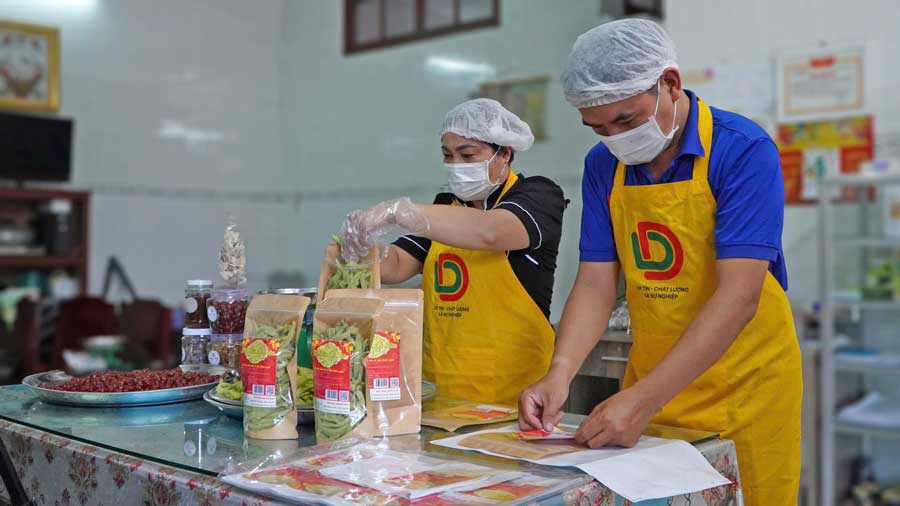

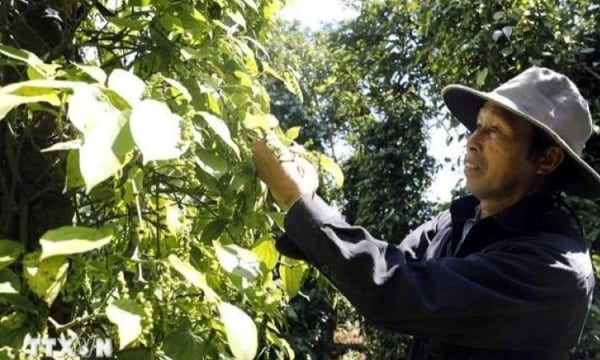
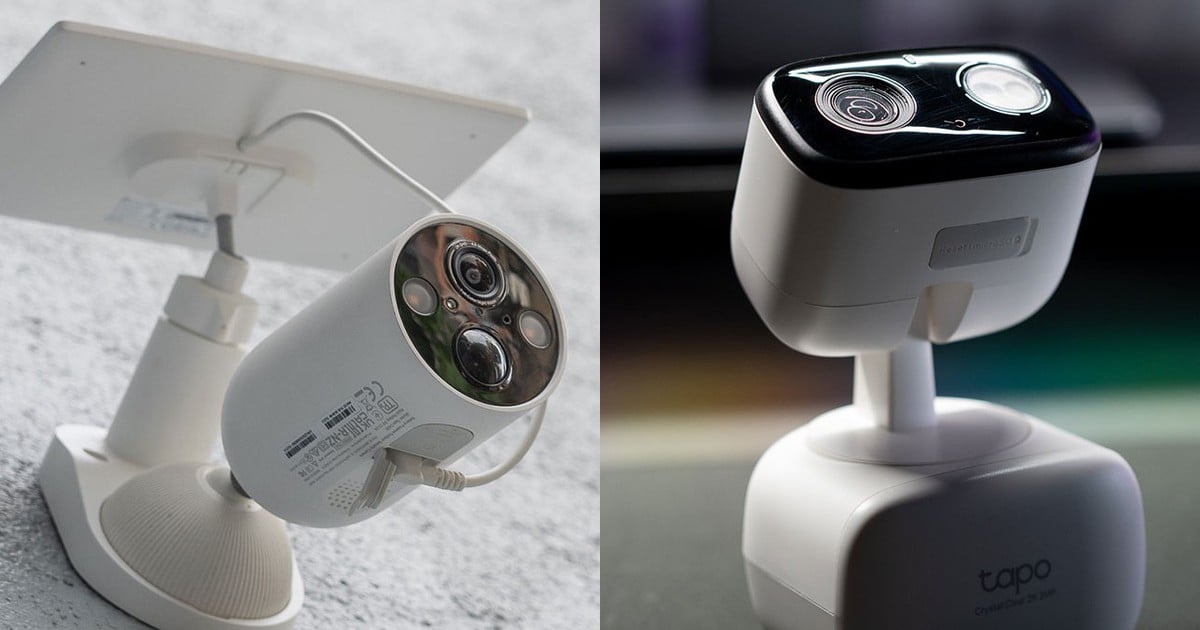
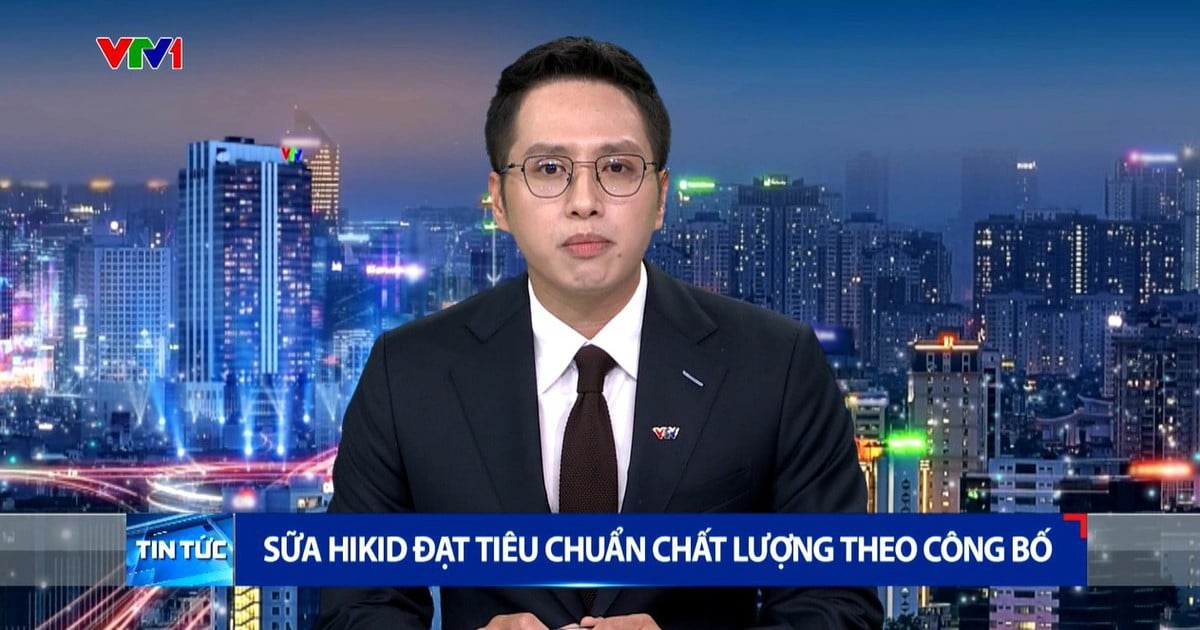
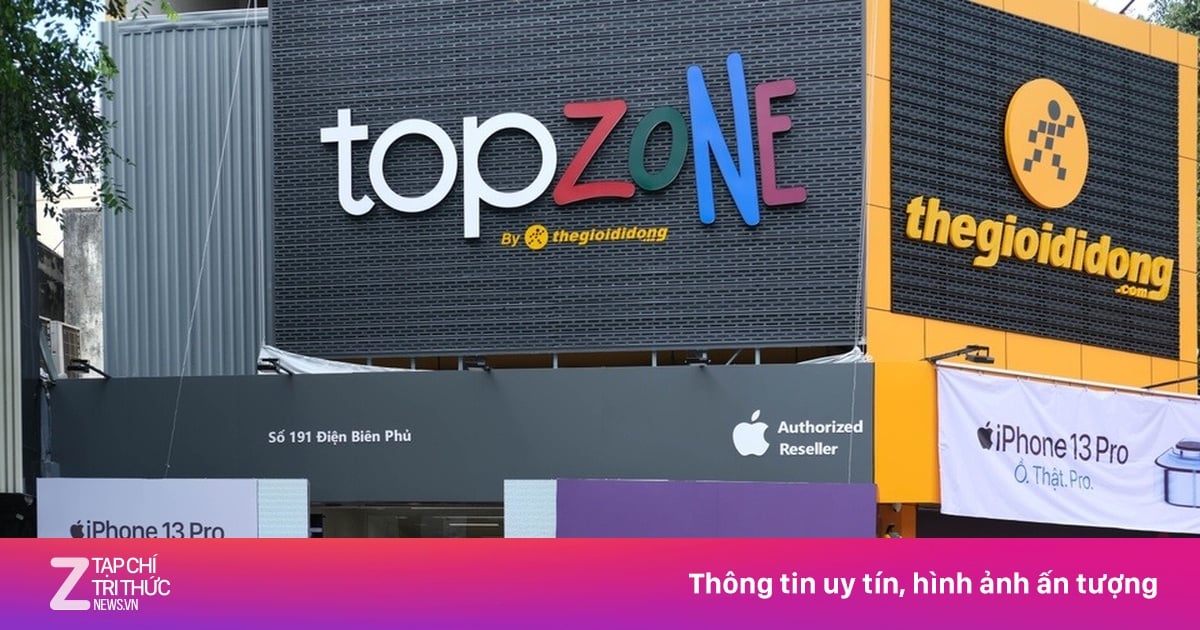






Comment (0)